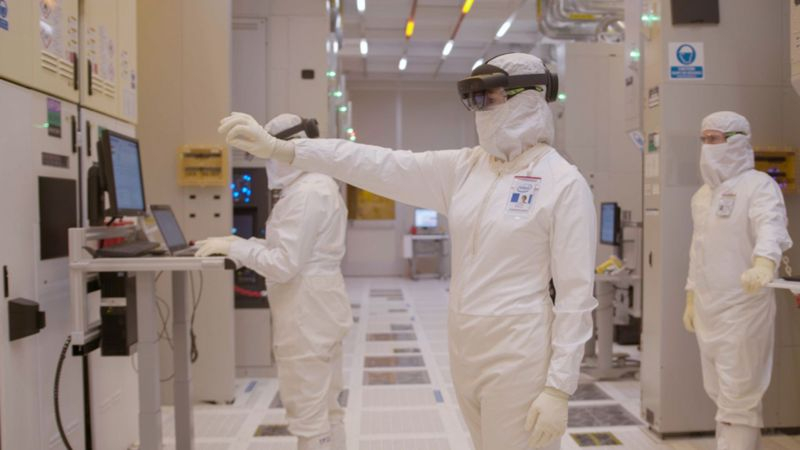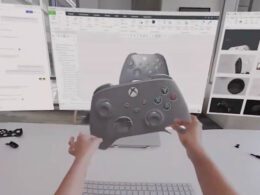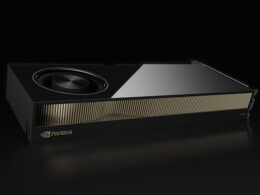Industry giants Sharp and KDDI from Japan aim to transform an Osaka-based liquid-crystal-display (LCD) plant into a data-processing hub, following its cessation of LCD production in the fall. Interestingly, Intel and its Japanese partners also plan to leverage the underutilized spaces at Sharp’s facilities.
With Chinese competitors gradually overpowering Sharp in the LCD market, the company is shutting down its manufacturing lines. However, the engineering infrastructure and facility layout remain conducive to other activities, a prospect Intel and its Japanese collaborators intend to capitalize on.
According to the Nikkei Asian Review, Sharp plans to lease a portion of its factories in Japan to Intel and a 14-member alliance for chip-packaging technology testing and research. Among the companies ready to join Intel are prominent Japanese firms Omron, Resonac Holdings, and Murata Machinery. The project calls for ‘clean rooms,’ a feature already integral to Sharp’s LCD panel production. Two Sharp manufacturing sites in central Japan may participate in the experiment, which is a lifeline for the struggling facilities and a potential revenue stream for Sharp.
In the LCD panel-production sector, explains the Japanese source, equipment payback period is five years. Manufacturing spaces could be functional for 30-40 years, so Sharp can still utilize them effectively even after halting its core operations. Interestingly, the recently founded Japanese company, Rapidus, aims to use the vacant capacity of the neighboring Seiko Epson LCD panel plant for its experimental chip production activities, intending to launch a 2-nanometer chip production enterprise in Hokkaido by 2027. This initiative won’t interfere with the factory owner’s continued production of core products.
Mitsubishi Electric halted LCD panel production at its Kumamoto facility in May last year, intending to start producing high-demand power electronics for the automotive sector by the end of next year. The repurposing of facilities allows companies to expedite the production of new product types, often without significantly altering the engineering infrastructure as both LCD displays and chips require large volumes of water and electricity. Some display equipment can also be adapted for chip production, an area in which Intel and Rapidus are already conducting tests.





